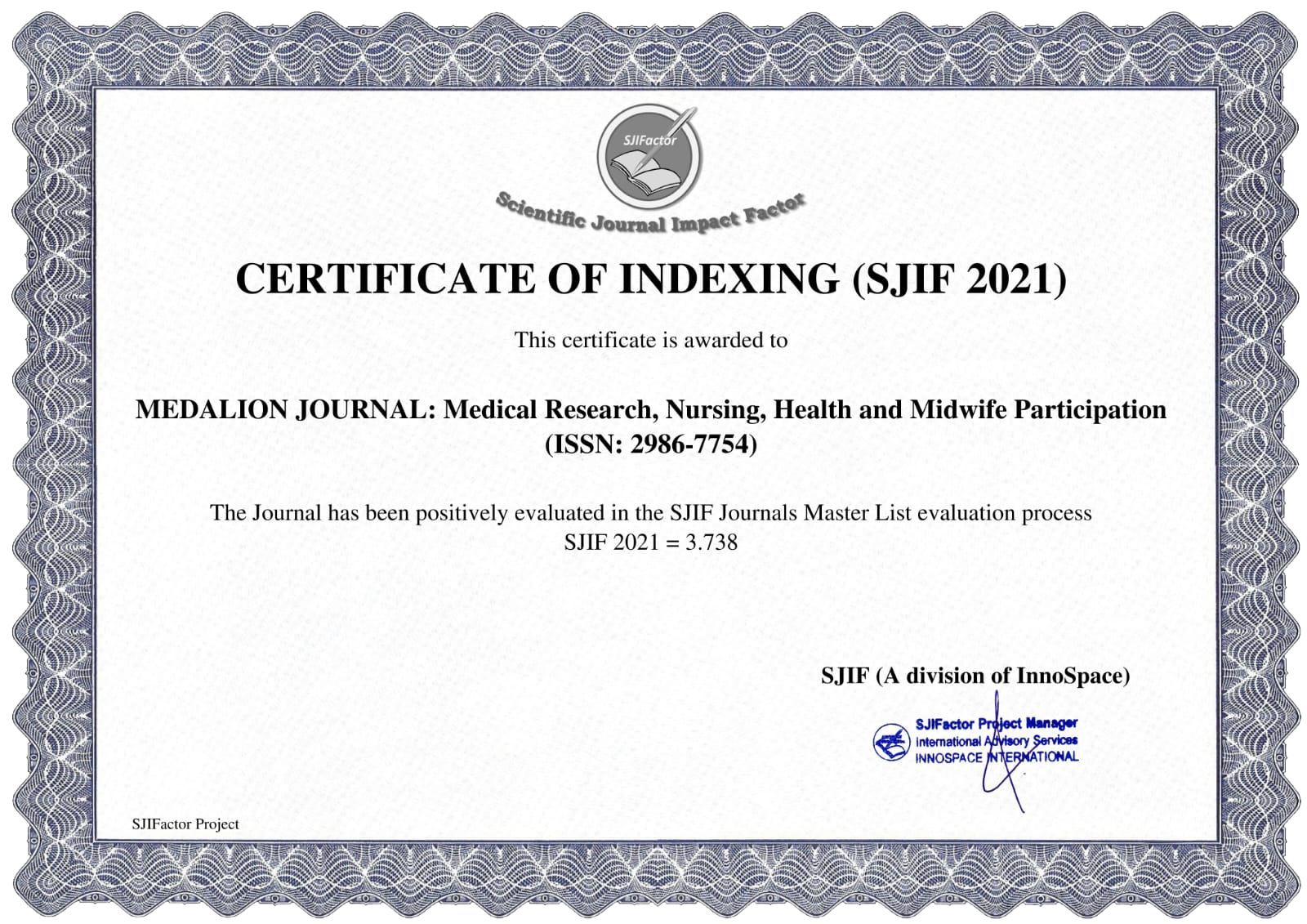From Wildflowers to Crops: An Exploration of Plant Adaptations to Human Influence
Main Article Content
Irshad Ahmad Wani
Zakir Hussain Mir
This research explores the transformation of wild plant species into domesticated crops through evolutionary adaptations influenced by human intervention. By examining the processes of artificial selection, genetic modification, and environmental changes driven by agriculture, the paper uncovers how plant traits such as seed dispersal, resistance to pests, and growth patterns have been shaped. The study integrates insights from evolutionary biology, agricultural science, and ecology to highlight the complex interaction between natural systems and anthropogenic pressures, shedding light on the future of sustainable crop development and biodiversity conservation.
Diamond, J. (2002). Evolution, consequences and future of plant and animal domestication. Nature, 418(6898), 700-707.
Purugganan, M.D., & Fuller, D.Q. (2009). The nature of selection during plant domestication. Nature, 457(7231), 843–848.
Doebley, J.F., Gaut, B.S., & Smith, B.D. (2006). The molecular genetics of crop domestication. Cell, 127(7), 1309-1321.
Meyer, R.S., & Purugganan, M.D. (2013). Evolution of crop species: Genetics of domestication and diversification. Nature Reviews Genetics, 14(12), 840–852.
Gepts, P. (2004). Crop domestication as a long-term selection experiment. Plant Breeding Reviews, 24(2), 1-44.





